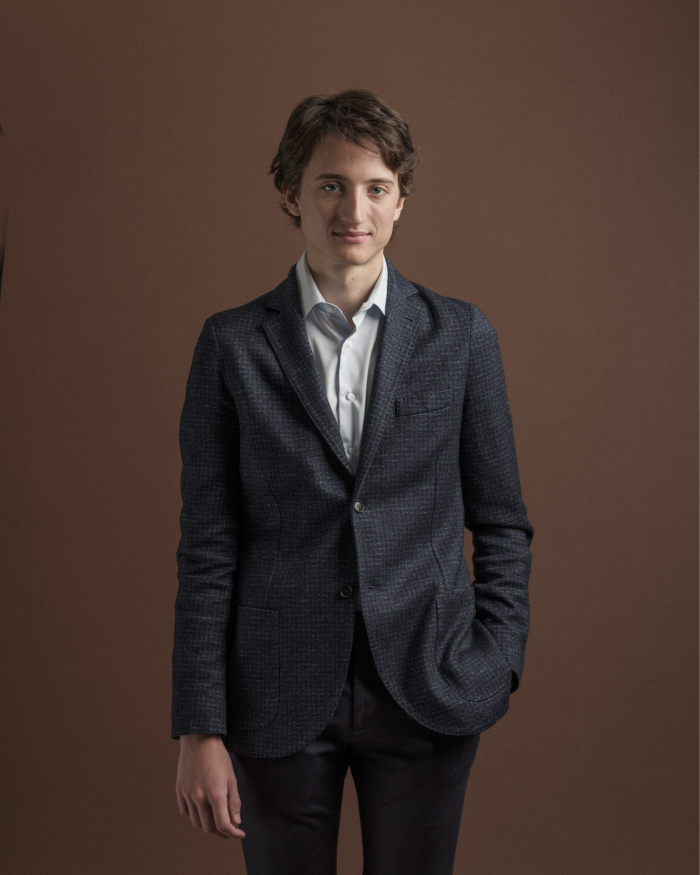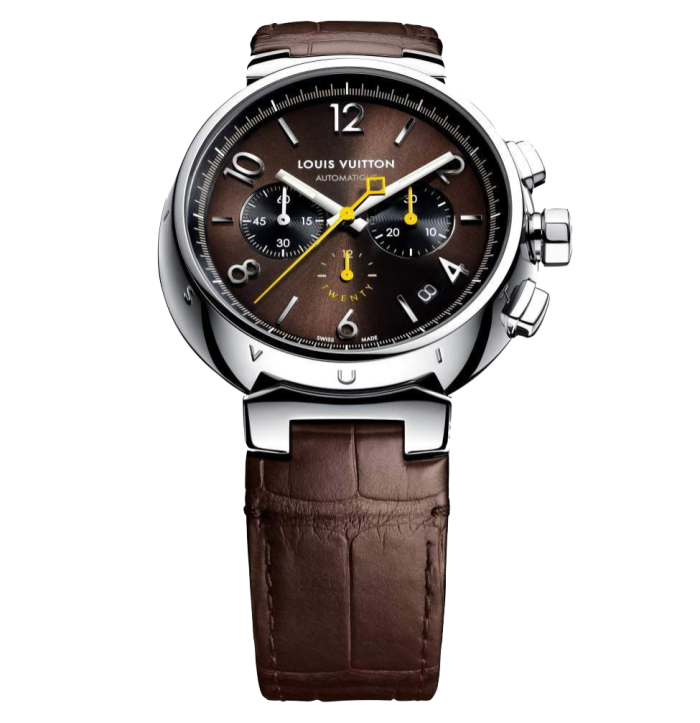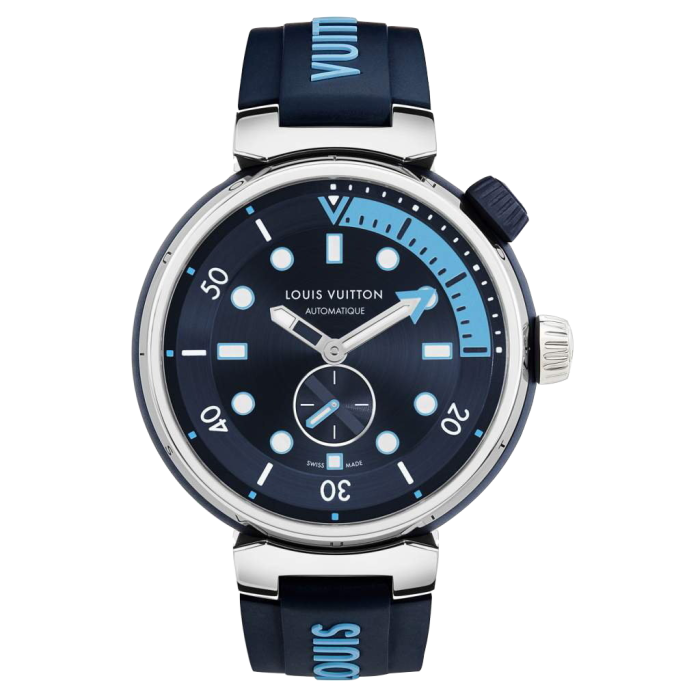Jean Arnault on the steps towards a Louis Vuitton high horology academy

Roula Khalaf, Editor of the FT, selects her favourite stories in this weekly newsletter.
It has been 20 years since Louis Vuitton entered the watch market and Jean Arnault, its marketing and development director, uses an anthropomorphic analogy to describe a brand that he says is on the threshold of maturity. “Twenty years of watchmaking is obviously not a long time,” he admits. “But, if you compare it to a human being, when you’re 20, you’ve a lot of tough choices to make: either you’re going into advanced academics, or you decide to start working straight away and begin your career path.”
As the youngest son of Bernard Arnault — billionaire owner of luxury parent group LVMH — Jean may be only three years older than the watch brand he is working for, but he is already considering what the next 20 years might bring for Vuitton’s watches.
The brand’s signature watch design has been the Tambour — a bulbous, drum-like case shape which has been central to Vuitton’s development, and the anniversary is being marked with the Tambour Twenty. It is a 200-piece limited edition chronograph, equipped with a modified El Primero calibre from Zenith, also part of the LVMH watch stable. The new model has been entered into this year’s Grand Prix d’Horlogerie de Genève (GPHG) — the Oscars of the watch world.
However, this month sees another anniversary chez Vuitton, which has already brought awards. Arnault is marking his first year at the helm of the brand’s watch division, having notched up two wins at the GPHG in that time — one for best diving watch and the audacity prize for its half-million-euro Carpe Diem timepiece.

“Some people say that the GPHG award is not worth much commercially, but it made a huge impact, both commercially and in terms of reputation,” he observes. “We’re surprised by the number of traditional collectors we recruited through that piece. Initially, markets told us we would be able to sell three, now we have orders for 30.”
Vuitton’s watches can be found only in the brand’s 200 own boutiques, with online sales accounting for “low two figures in terms of percentage”.
LVMH, overall, reported higher-than-expected revenue of €18.4bn for the second quarter of this year — but the world’s biggest luxury group does not disclose figures for its individual luxury brands — let alone product sectors within brands. Arnault gives an indication, though. He likens his high watchmaking business to that of fellow Swiss independent brands such as FP Journe and De Bethune. And he describes the core business in mechanical timepieces, up to around €12,000 per watch, as being similar to the size of LVMH stablemate Zenith. Very roughly, this equates to around 25,000 pieces per annum.
However, unlike the independent brands or indeed Zenith, Vuitton has invested “significant resources” in the development of its own connected smartwatch, the Tambour Horizon, which he says is half of the business. The beauty of Vuitton, he adds, is that it can focus on the high craftsmanship of both the mechanical and electronic aspects of making smartwatches.
There is a tendency to underestimate the amount of work that goes into an electronic watch, Arnault explains, but he wants to double down on investment and expand the brand’s resources.

At the end of last year, Vuitton purchased Micro Edge, a small watchmaking supplier that specialises in hand finishing and high watchmaking components: tourbillon cages, levers and gears, minute repeater gongs and the like.
Vuitton plans to have almost every component designed, manufactured and assembled at La Fabrique du Temps, the brand’s eight-year-old watch factory in Geneva, to which the new workforce will relocate. The factory employs about 100 people, with another 20 joining from Micro Edge. “Our goal in the next six months is to have everybody under one roof.”
Arnault has even bigger plans for the factory: “I want to turn it into an academy for high watchmaking.” As part of the 20th anniversary celebrations, a competition will be announced, inviting young independent watchmakers to present their creations to the public and a panel of experts, with Vuitton offering support to the winner.

Arnault also plans to revive the Daniel Roth brand, part of LVMH-owned jeweller Bulgari.
In the 1970s, as one of the pioneer independents, Roth played a crucial role in the relaunch of Breguet — a favourite of French royalty. He subsequently launched his eponymous brand in 1990, which was acquired by Bulgari in 2000 but has remained dormant for many years.
“We decided with Bulgari that we would jointly build the company as a separate entity of LVMH, respecting its high watchmaking roots,” says Arnault.
Given his obvious enthusiasm for the culture and history of the craft, high watchmaking looks set to become more important — in terms of both complications and finishing.
Arnault can also be expected to address current limitations in the range, such as the absence of an elegant integrated case and a bracelet sports watch.
But he is not yet ready to reveal details: “Today we’re focused on the anniversary, but next year is going to be something interesting.”
Comments